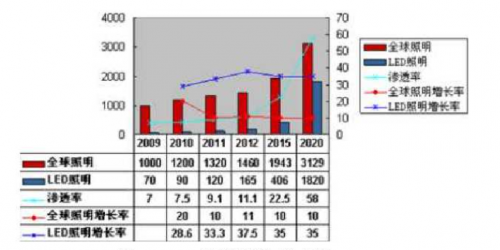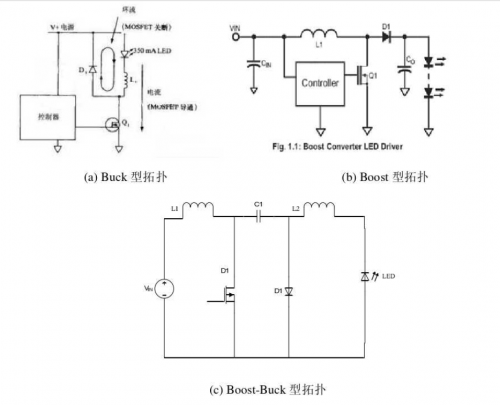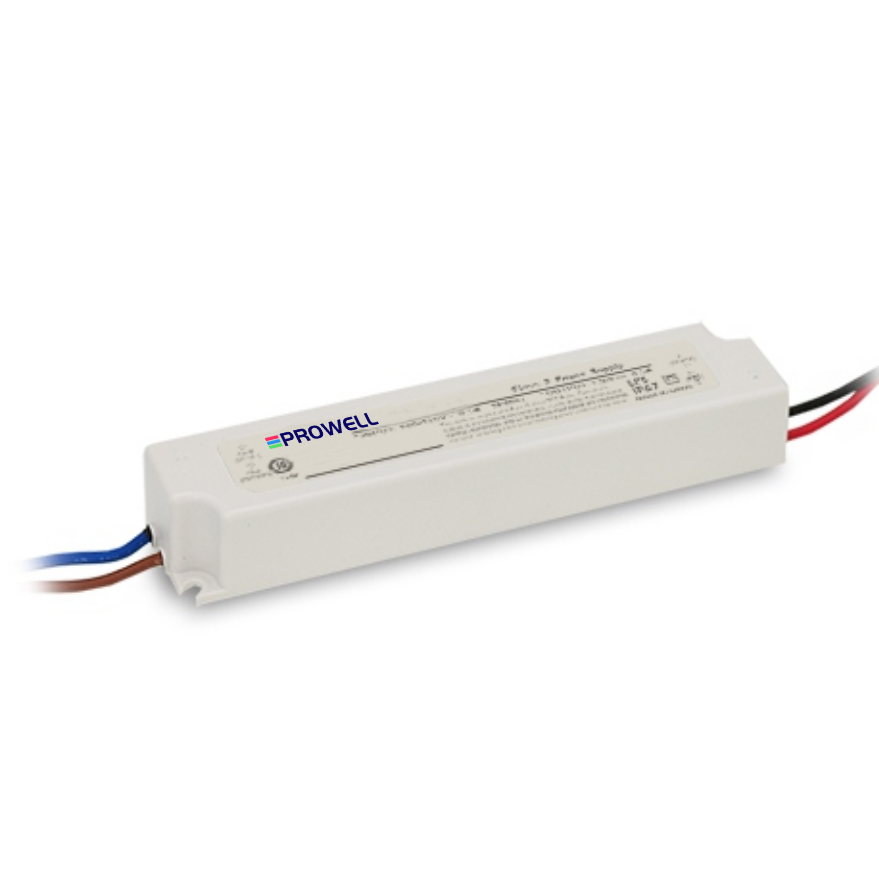LED Driver refers to the power adjustment electronic device that drives LED light emitting or LED module components to work normally. Due to the conduction characteristics of the LED PN junction, the voltage and current range of the power supply it can adapt to is very narrow, and a slight deviation may not be able to light the LED or seriously reduce the luminous efficiency, or shorten the service life or even burn the chip. The current power frequency power supply and common battery power supply are not suitable for direct supply of LED, LED driver is the electronic component that can drive LED to work in the best voltage or current state.
Since Edison invented the incandescent lamp, mankind has entered the era of electric lighting. In the development of electric light source for more than one hundred years, electric light source lighting has experienced three important stages of development, and the representative light sources of these three stages are incandescent lamps, fluorescent lamps and high-intensity gas discharge lamps. It is widely believed that LED lights will be the fourth generation of electric light sources.

LED drive technology
The drive method of LED can be generally divided into constant voltage drive and constant current drive. When using the traditional constant voltage drive, the LED will heat up after working for a period of time, due to the temperature characteristics of the LED, its volt-ampere characteristic curve will shift to the left, because the voltage applied at both ends of the LED is constant, then obviously the current will increase. At this time, the increase in current will not increase the brightness of the LED, but only make its temperature rise higher, which will increase the light decay and reduce the life of the LED. If high-power LED is used, its heat dissipation is not easy, and the temperature rise problem is more serious. Therefore, in addition to heat dissipation problems, the use of constant voltage power supply is the main cause of light decay. Therefore, in principle,LED should try to avoid the use of constant voltage power supply. Driving high-power leds often require a drive current of 350mA, 700mA, IA or even higher, and because of its small forward dynamic resistance, high-power LED driver circuits are mostly designed for constant current drivers. According to the different power supply, it can be divided into AC-DC (AC-DC) and DC-DC (DC-DC) two categories, DC-DC drive scheme is mainly used in low-power occasions below 60W. According to the difference in topology, there are four main driving circuits for LED lighting systems: series resistors, series capacitors, linear driving power supplies and switching drivers.
Due to the low efficiency of series resistors, series capacitors and simple linear power supply schemes, 1261271 is generally only used in low-end products and small power occasions, and its circuit structure is shown in the following figure.
Efficient LED lighting systems usually use switching power supply solutions. There are many switching power supply schemes for driving leds, which are divided into non-isolated and isolated types according to whether electrical isolation is achieved. The non-isolated schemes include Buck type, Boost type and boost-Buck type, and their circuit structure is shown in Figure 1. Their efficiency is high, can reach 90-95%, more used in small power and do not need input and output stage isolation occasions such as LED table lamps and embedded lamps; The isolated drive scheme often chooses flyback, LLC half-bridge resonance and other circuit structures according to the size of the drive power and the different efficiency requirements. The circuit structure is shown in Figure 2.

In the small and medium power LED lighting system, the single-stage flyback drive power supply is widely used because of its simple structure, low cost and stable performance, but because of the existence of the isolation transformer, its efficiency is often lower than the non-isolated type.
Commonly used LED dimming technology
There are two main traditional lighting dimming schemes, namely analog dimming (AnphtudeModeAM) and digital (Pulse widthModulation,PWM) dimming. Analog dimming is realized by directly changing the output DC current. The PWM dimming is through the switch on and off to change the duty ratio to achieve the adjustment of the average output current, so as to achieve the adjustment of the LED light intensity.
The analog dimming of the LED is adjusted for each cycle of the LED current, that is, it is constantly adjusting the current size of the LED. Since the brightness of the LED is proportional to the current within a certain range, it is also possible to adjust the brightness of the LED. Analog dimming can be done by adjusting the current detection resistor RSENSE, or by driving one of the dimming function pins of the IC with analog voltage. The realization of analog dimming is relatively easy and the cost is relatively low, and there are more applications in low-cost dimming lighting appliances. Analog dimming also has many disadvantages: poor dimming linearity, the adjustment range of LED current is limited to a certain maximum value to about 10% of the maximum value (10:1 dimming range), and the LED will have a significant chromaticity shift with the change of drive current, then the luminous color of the LED will change.
Digital dimming, namely PWM dimming, is a light method that uses PWM signal to control the ratio of the on and off time of the LED driver power switch to adjust the average output current, so as to achieve the adjustment of LED luminous flux. PWM dimming is achieved by changing the pulse duty cycle of the LED drive current with the method of pulse width modulation of the switching frequency greater than 100Hz. The dimming control frequency greater than 100Hz is selected mainly to avoid the dimming flicker phenomenon felt by the human eye. Under the control of PWM signal, the luminous brightness of LED is proportional to the pulse duty cycle of PWM. Under this dimming control method, the LED can keep the luminous color unchanged in the high light ratio range, and the dimming ratio range of the LED dimming control using PWM can reach 300:1.
Sum up
The development of LED drivers on the market is still in full swing, we have learned the core of LED drivers – LED drive method, and the dimming technology in the application of LED drivers will further improve the energy-saving effect.
Prowell LED driver:https://prowellcn.com/product-category/product/led-driver/

